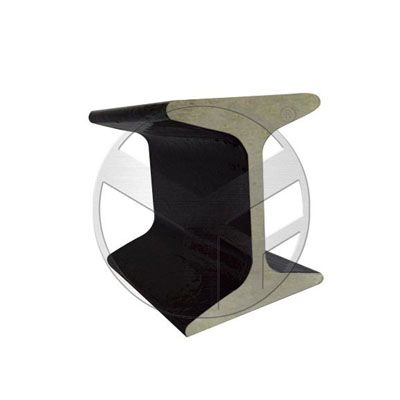- Automobiles & Motorcycles
- Beauty & Personal Care
- Business Services
- Chemicals
- Construction & Real Estate
- Consumer Electronics
- Electrical Equipment & Supplies
- Electronic Components & Supplies
- Energy
- Environment
- Excess Inventory
- Fashion Accessories
- Food & Beverage
- Furniture
- Gifts & Crafts
- Hardware
- Health & Medical
- Home & Garden
- Home Appliances
- Lights & Lighting
- Luggage, Bags & Cases
- Machinery
- Measurement & Analysis Instruments
- Mechanical Parts & Fabrication Services
- Minerals & Metallurgy
- Office & School Supplies
- Packaging & Printing
- Rubber & Plastics
- Security & Protection
- Service Equipment
- Shoes & Accessories
- Sports & Entertainment
- Telecommunications
- Textiles & Leather Products
- Timepieces, Jewelry, Eyewear
- Tools
- Toys & Hobbies
- Transportation
How Much Do You Know Steel Rail Weight and Length?
Steel rails are an essential component of railway tracks, providing a stable and durable surface for trains to travel on. The weight and length of steel rails are critical factors that determine their strength, durability, and suitability for various applications. Here is an overview of the standard weight and length specifications for steel rails.
Standard Weight and Length Specifications for Steel Rails:
The weight of steel rails is measured in pounds per yard (lbs/yd) or kilograms per meter (kg/m), while the length is typically measured in feet or meters. The standard weight and length specifications for steel rails vary depending on the type of rail and the application.
Light Rail:
Light rail is used in light-duty applications, such as light-rail transit (LRT) systems or industrial tracks. The standard weight for light rail ranges from 30 lbs/yd (14.88 kg/m) to 50 lbs/yd (24.79 kg/m), while the standard length is typically 30 feet (9.14 meters) or 36 feet (10.97 meters).
Standard Rail:
Standard rail is the most commonly used type of rail for heavy-duty applications, such as mainline tracks and heavy-haul lines. The standard weight for standard rail ranges from 90 lbs/yd (44.61 kg/m) to 141 lbs/yd (69.96 kg/m), while the standard length is typically 39 feet (11.89 meters) or 80 feet (24.38 meters).
Heavy Rail:
Heavy rail is used in the heaviest-duty applications, such as heavy-haul lines and high-speed rail systems. The standard weight for heavy rail ranges from 136 lbs/yd (67.33 kg/m) to 175 lbs/yd (86.58 kg/m), while the standard length is typically 80 feet (24.38 meters) or 120 feet (36.58 meters).
Factors Affecting Steel Rail Weight and Length:
The weight and length of steel rails are influenced by several factors, including the type of rail, the application, the track geometry, and the environmental conditions. Here are some of the factors that affect the weight and length of steel rails:
Type of Rail:
Different types of rail have different weight and length specifications, depending on their intended application. Light rail, for example, is designed for use in light-duty applications, such as LRT systems or industrial tracks, while heavy rail is designed for use in heavy-duty applications, such as heavy-haul lines and high-speed rail systems.
Application:
The weight and length of steel rails also depend on the application. Mainline tracks, for example, require heavier and longer rails than industrial tracks or LRT systems, as they must support heavier loads and higher speeds.
Track Geometry:
The weight and length of steel rails also depend on the track geometry. Curved tracks, for example, require shorter rails than straight tracks, as they must be able to bend around the curve without causing derailments or other safety issues.
Environmental Conditions:
The weight and length of steel rails also depend on the environmental conditions, such as temperature, humidity, and precipitation. Cold temperatures, for example, can cause steel rails to contract, which may lead to buckling or other safety issues. As a result, steel rails in cold climates may need to be shorter and thicker than those in warmer climates.
If you are interested in sending in a Guest Blogger Submission,welcome to write for us!





Comments
0